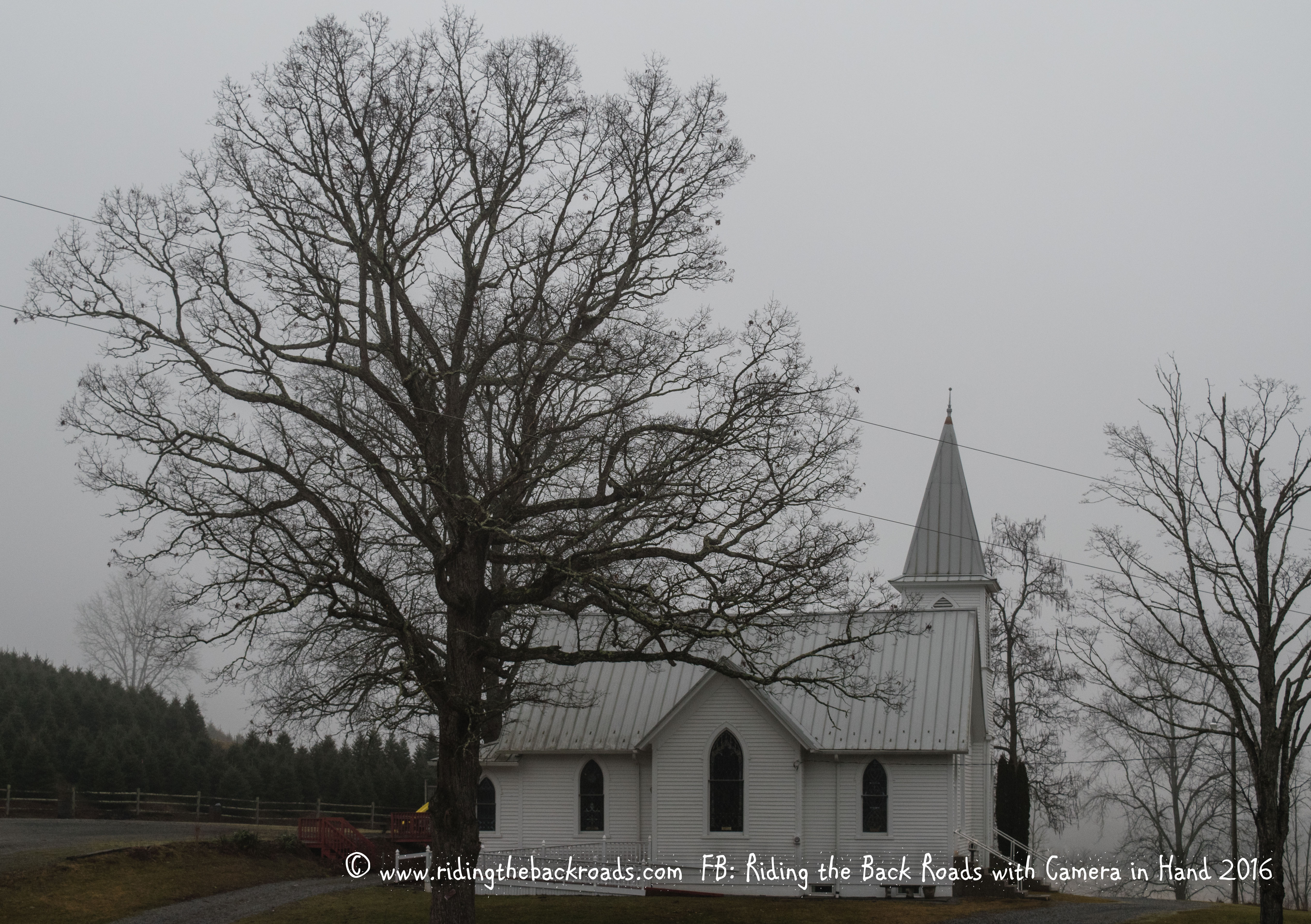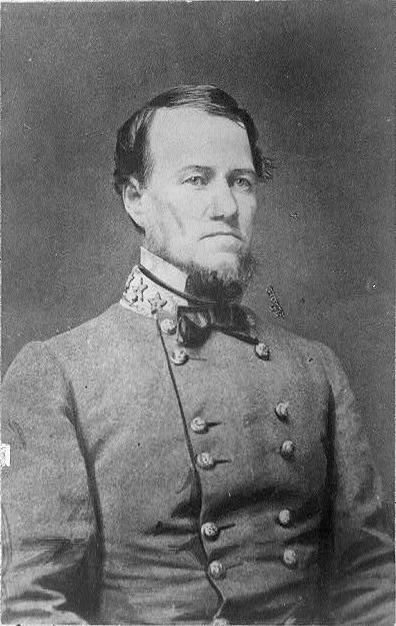|
1st North Carolina Cavalry Regiment
The 1st North Carolina Cavalry Regiment, initially formed as 9th Regiment, North Carolina State Troops, was a cavalry regiment from North Carolina that served in the Confederate States Army during the American Civil War. Raised in 1861 it served all over the Eastern Theater until it surrendered with the Army of Northern Virginia in 1865. Companies *Company A - Jefferson, Ashe County *Company B - Rich Square, Northampton County *Company C (''Mecklenburg Rangers'') - Charlotte, Mecklenburg County *Company D (''Watauga Rangers'') - Boone, Watauga County *Company E - Warrenton, Warren County *Company F (''Cabarrus Rangers'') - Concord, Cabarrus County *Company G (''Buncombe Rangers'') - Asheville, Buncombe County *Company H - Goldsboro, Wayne County *Company I - Kenansville, Duplin County *Company K (''Nantahala Rangers'') - Franklin, Macon County Commanders *Col. Robert Ransom, Jr. (promoted to brigadier general) *Col. Lawrence S. Baker (promoted to brigadier general) ... [...More Info...] [...Related Items...] OR: [Wikipedia] [Google] [Baidu] |
Regiment
A regiment is a military unit. Its role and size varies markedly, depending on the country, service and/or a specialisation. In Medieval Europe, the term "regiment" denoted any large body of front-line soldiers, recruited or conscripted in one geographical area, by a leader who was often also the feudal lord ''in capite'' of the soldiers. Lesser barons of knightly rank could be expected to muster or hire a company or battalion from their manorial estate. By the end of the 17th century, infantry regiments in most European armies were permanent units, with approximately 800 men and commanded by a colonel. Definitions During the modern era, the word "regiment" – much like "corps" – may have two somewhat divergent meanings, which refer to two distinct roles: # a front-line military formation; or # an administrative or ceremonial unit. In many armies, the first role has been assumed by independent battalions, battlegroups, task forces, brigades and other, similarly s ... [...More Info...] [...Related Items...] OR: [Wikipedia] [Google] [Baidu] |
Cavalry
Historically, cavalry (from the French word ''cavalerie'', itself derived from "cheval" meaning "horse") are soldiers or warriors who fight mounted on horseback. Cavalry were the most mobile of the combat arms, operating as light cavalry in the roles of reconnaissance, screening, and skirmishing in many armies, or as heavy cavalry for decisive shock attacks in other armies. An individual soldier in the cavalry is known by a number of designations depending on era and tactics, such as cavalryman, horseman, trooper, cataphract, knight, hussar, uhlan, mamluk, cuirassier, lancer, dragoon, or horse archer. The designation of ''cavalry'' was not usually given to any military forces that used other animals for mounts, such as camels or elephants. Infantry who moved on horseback, but dismounted to fight on foot, were known in the early 17th to the early 18th century as '' dragoons'', a class of mounted infantry which in most armies later evolved into standard cavalry while ... [...More Info...] [...Related Items...] OR: [Wikipedia] [Google] [Baidu] |
Watauga County, North Carolina
Watauga County ( ) from the North Carolina Collection's website at the . Retrieved 2013-01-31. is a located in the of . As of the [...More Info...] [...Related Items...] OR: [Wikipedia] [Google] [Baidu] |
Boone, North Carolina
Boone is a town in and the county seat of Watauga County, North Carolina, United States. Located in the Blue Ridge Mountains of western North Carolina, Boone is the home of Appalachian State University and the headquarters for the disaster and medical relief organization Samaritan's Purse. The population was 19,092 at the 2020 census. The town is named for famous American pioneer and explorer Daniel Boone, and every summer from 1952 (except 2020 due to the COVID-19 pandemic) has hosted an outdoor amphitheatre drama, ''Horn in the West'', portraying the British settlement of the area during the American Revolutionary War and featuring the contributions of its namesake. It is the largest community and the economic hub of the seven-county region of Western North Carolina known as the High Country. History Boone took its name from the famous pioneer and explorer Daniel Boone, who on several occasions camped at a site generally agreed to be within the present city limits. Danie ... [...More Info...] [...Related Items...] OR: [Wikipedia] [Google] [Baidu] |
Mecklenburg County, North Carolina
Mecklenburg County is a county located in the southwestern region of the state of North Carolina, in the United States. As of the 2020 census, the population was 1,115,482, making it the second-most populous county in North Carolina (after Wake County) and the first county in the Carolinas to surpass one million in population. Its county seat is Charlotte, the state's largest city. Mecklenburg County is the central county of the Charlotte-Concord- Gastonia, NC- SC Metropolitan Statistical Area. On September 12, 2013, the county welcomed its one millionth resident. Like its seat, the county is named after Charlotte of Mecklenburg-Strelitz, Queen of the United Kingdom (1761–1818), whose name is derived from the region of Mecklenburg in Germany, itself deriving its name from Mecklenburg Castle (Mecklenburg meaning "large castle" in Low German) in the village of Dorf Mecklenburg. History Mecklenburg County was formed in 1762 from the western part of Anson County, both in the ... [...More Info...] [...Related Items...] OR: [Wikipedia] [Google] [Baidu] |
Charlotte, North Carolina
Charlotte ( ) is the most populous city in the U.S. state of North Carolina. Located in the Piedmont region, it is the county seat of Mecklenburg County. The population was 874,579 at the 2020 census, making Charlotte the 16th-most populous city in the U.S., the seventh most populous city in the South, and the second most populous city in the Southeast behind Jacksonville, Florida. The city is the cultural, economic, and transportation center of the Charlotte metropolitan area, whose 2020 population of 2,660,329 ranked 22nd in the U.S. Metrolina is part of a sixteen-county market region or combined statistical area with a 2020 census-estimated population of 2,846,550. Between 2004 and 2014, Charlotte was ranked as the country's fastest-growing metro area, with 888,000 new residents. Based on U.S. Census data from 2005 to 2015, Charlotte tops the U.S. in millennial population growth. It is the third-fastest-growing major city in the United States. Residents are referr ... [...More Info...] [...Related Items...] OR: [Wikipedia] [Google] [Baidu] |
Northampton County, North Carolina
Northampton County is a county located in the U.S. state of North Carolina. As of the 2020 census, the population was 17,471. Its county seat is Jackson. Northampton County is part of the Roanoke Rapids, NC Micropolitan Statistical Area, which is also included in the Rocky Mount- Wilson-Roanoke Rapids, NC Combined Statistical Area. History The county was formed in 1741 from Bertie County. It was named for James Compton, 5th Earl of Northampton. In 1759 parts of Northampton County, Bertie County, and Chowan County were combined to form Hertford County. In 1959, the county went to the U.S. Supreme Court to defend the use of a literacy test as a requirement to vote. In ''Lassiter v. Northampton County Board of Elections'', the court held that, provided the tests were applied equally to all races and were not "merely a device to make racial discrimination easy," they were allowable. Congress subsequently prohibited use of such tests under the National Voting Rights Act of 19 ... [...More Info...] [...Related Items...] OR: [Wikipedia] [Google] [Baidu] |
Rich Square, North Carolina
Rich Square is a town in Northampton County, North Carolina, United States. The population was 958 at the 2010 census. It is part of the Roanoke Rapids, North Carolina Micropolitan Statistical Area. History Rich Square was first incorporated in 1869 and is the oldest town in Northampton County.Samuel Glenn Baugham, "The Town of Rich Square, A History, 1717-1983," unpublished manuscript, 1983. The town takes its name from the earliest recorded land purchase of 640 acres on March 9, 1717, which comprised a square mile of fertile farmland inside the current city limits. Two locations in or near the town, Duke-Lawrence House and Edgewood, also known as Holoman-Outland House are listed on the National Register of Historic Places. Geography Rich Square is located at (36.273267, -77.284132). According to the United States Census Bureau, the town has a total area of 2.8 square miles (7.3 km), all land. Demographics 2020 census As of the 2020 United States census, there ... [...More Info...] [...Related Items...] OR: [Wikipedia] [Google] [Baidu] |
Ashe County, North Carolina
Ashe County is a county located in the United States state of North Carolina. As of the 2020 census, the population was 26,577. Its county seat is Jefferson. History Historical evidence shows that Ashe County was inhabited by Native Americans, which included the Cherokee, Creek, and Shawnee tribes. Pieces of broken pottery, arrowheads, and other Native American artifacts have been found, indicating their presence. Most of these artifacts have been found in the Old Fields area of Ashe County. The earliest Europeans to explore Ashe County were Bishop August Gottlieb Spangenberg – head of the Moravian Church in America – and his associates, Timothy Horsefield, Joseph Mueller, Henry Antes, Johan Merck, and Herman Loesch. Bishop Spangenberg wrote about his journey in Ashe in a diary that has been preserved by the Moravian church. He was given in Virginia as a place for his fellow Moravians to settle. The only one of Spangenberg's group to return and permanently sett ... [...More Info...] [...Related Items...] OR: [Wikipedia] [Google] [Baidu] |
Jefferson, North Carolina
Jefferson is a town in and the county seat of Ashe County, North Carolina, United States. The population was 1,611 at the 2010 census. History The North Carolina General Assembly created a special commission in 1799 to found a county seat for Ashe County. The commission purchased of land to form the town of Jeffersonton, later named Jefferson. It is one of the first towns in the nation to bear the name of Thomas Jefferson, who was the vice president of the United States in 1799. The Ashe County Courthouse and Poe Fish Weir are listed on the National Register of Historic Places. Geography Jefferson is located at in the Appalachian Mountains. According to the United States Census Bureau, the town has a total area of , of which , or 0.20%, is water. The New River, which is part of the Ohio River watershed and one of the oldest and most scenic rivers in the eastern United States, flows through the town. Climate Demographics 2020 census As of the 2020 United States census, ... [...More Info...] [...Related Items...] OR: [Wikipedia] [Google] [Baidu] |
Army Of Northern Virginia
The Army of Northern Virginia was the primary military force of the Confederate States of America in the Eastern Theater of the American Civil War. It was also the primary command structure of the Department of Northern Virginia. It was most often arrayed against the Union Army of the Potomac. Origin The name ''Army of Northern Virginia'' referred to its primary area of operation, as did most Confederate States Army names. The Army originated as the Army of the Potomac, which was organized on June 20, 1861, from all operational forces in northern Virginia. On July 20 and July 21, the Army of the Shenandoah and forces from the District of Harpers Ferry were added. Units from the Army of the Northwest were merged into the Army of the Potomac between March 14 and May 17, 1862. The Army of the Potomac was renamed ''Army of Northern Virginia'' on March 14. The Army of the Peninsula was merged into it on April 12, 1862.Eicher, pp. 889–90. Robert E. Lee's biographer, Douglas S. ... [...More Info...] [...Related Items...] OR: [Wikipedia] [Google] [Baidu] |




